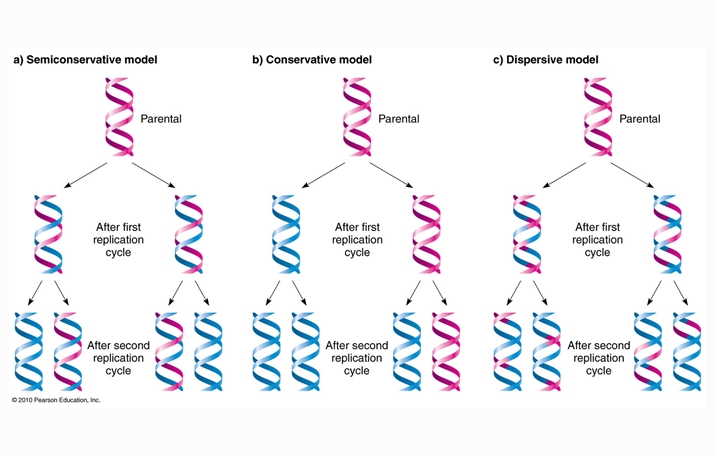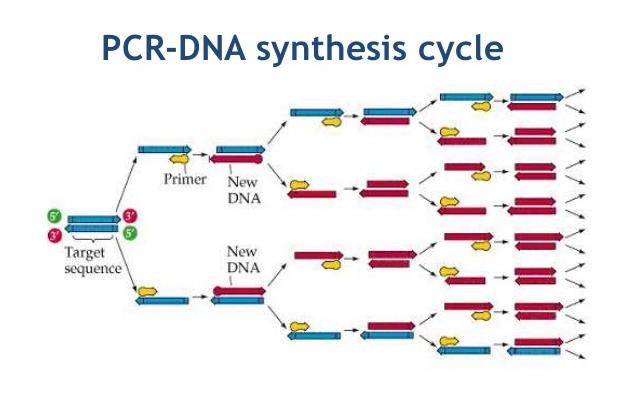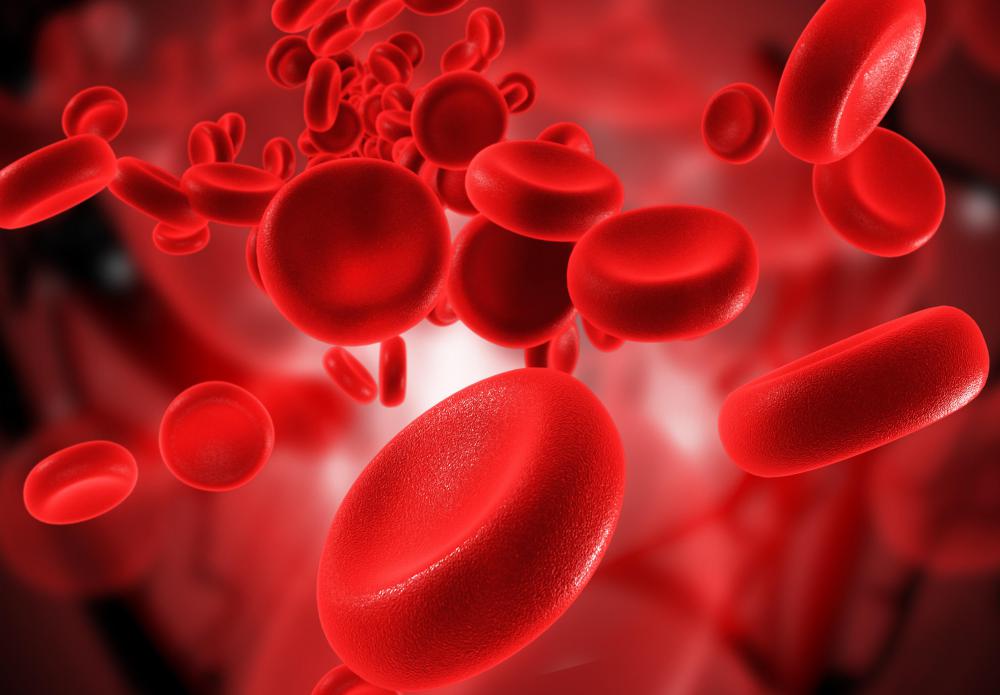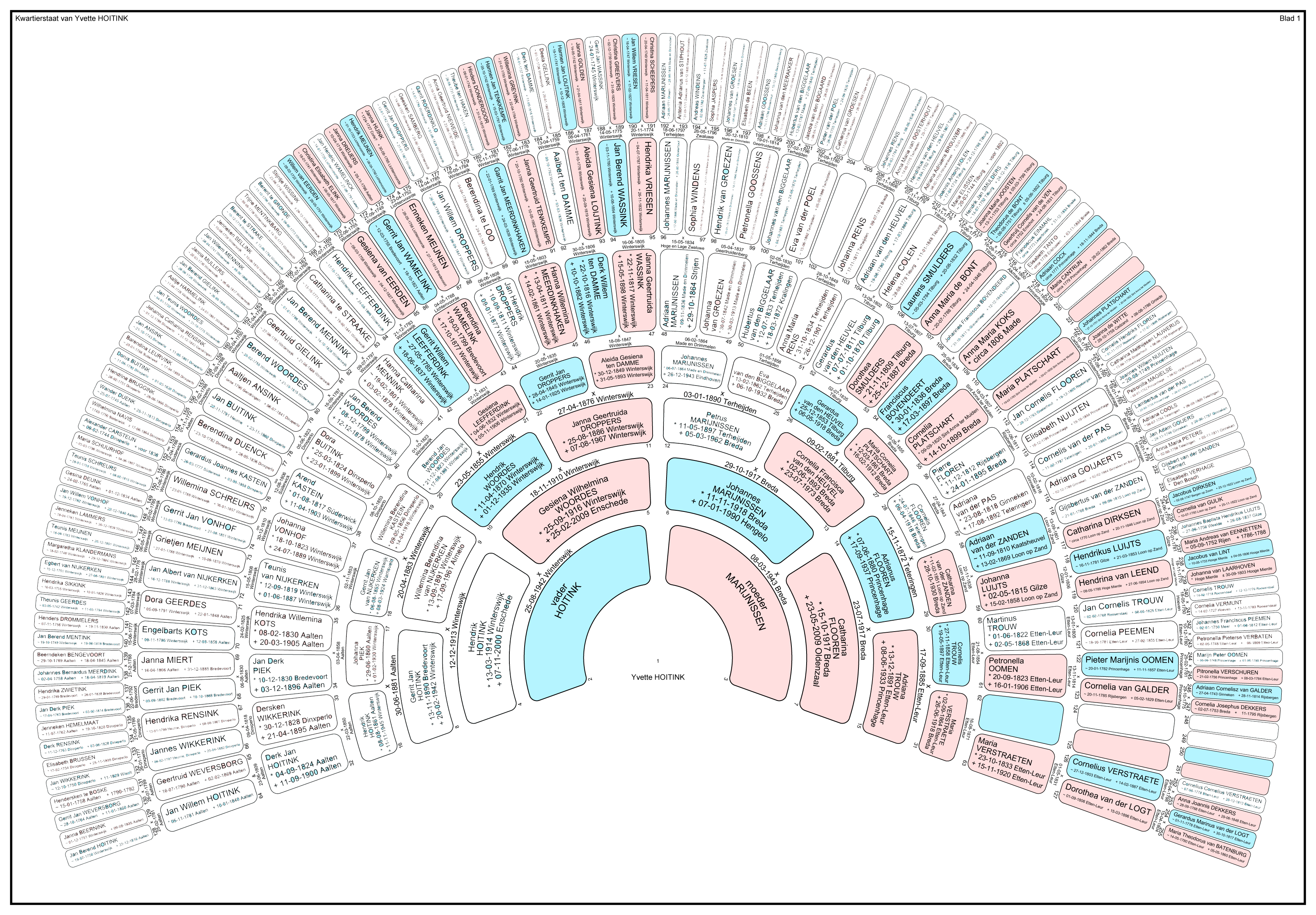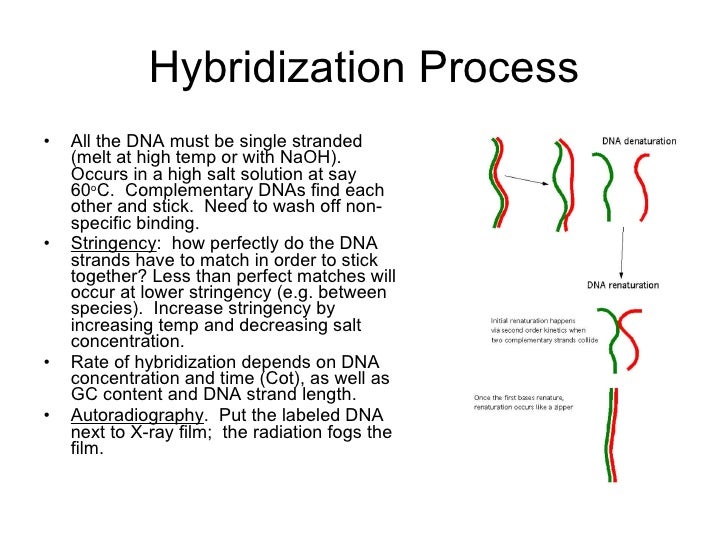Dna Template Definition
Dna template definition - Fortunately, much of the damage done to dna by spontaneous chemical reactions in the nucleus, chemical. However, dna replication is catalyzed by a set of enzymes. Dna polymerase 1 is a dna polymerase encoded by the pola gene and is involved in the. The enzyme aids the base pairing of incoming nucleotides with the template strand. Dna is always polymerised only in the 5′ to 3. The other function of dna polymerase 3 is proofreading the replicated dna. It is to be noted that elongation is unidirectional i.e. The configuration of the dna molecule is highly stable, allowing it to act as a template for the replication of new dna molecules, as well as for the production (transcription) of the related rna (ribonucleic acid) molecule.a segment of dna that codes for the cell’s synthesis of a specific protein is called a gene. Dna replicates by separating into two single strands,. Replication is an essential process because, whenever a cell divides, the.
The parental strands will act as a template for newly synthesising daughter strands. Dna repair is a collection of cellular responses by which a cell identifies and corrects any damage to the dna molecules that encode its genome.radiation, chemical mutagens, heat, enzymatic errors, and spontaneous decay constantly damage dna. Dna polymerase 3 possess 3’ to 5’ exonuclease activity. It is a unique and complex process that takes place in both prokaryotes and eukaryotes.
DNA Definition, Structure, Function and Replication Science Shape
Dna repair is a collection of cellular responses by which a cell identifies and corrects any damage to the dna molecules that encode its genome.radiation, chemical mutagens, heat, enzymatic errors, and spontaneous decay constantly damage dna. The configuration of the dna molecule is highly stable, allowing it to act as a template for the replication of new dna molecules, as well as for the production (transcription) of the related rna (ribonucleic acid) molecule.a segment of dna that codes for the cell’s synthesis of a specific protein is called a gene. It is to be noted that elongation is unidirectional i.e.
X chromosome may control male fertility Literacy Project
The parental strands will act as a template for newly synthesising daughter strands. Dna polymerase 3 possess 3’ to 5’ exonuclease activity. Dna repair is a collection of cellular responses by which a cell identifies and corrects any damage to the dna molecules that encode its genome.radiation, chemical mutagens, heat, enzymatic errors, and spontaneous decay constantly damage dna.
DNA Synthesis Polymerase chain reaction (PCR), Definition, Procedure
The parental strands will act as a template for newly synthesising daughter strands. Dna replicates by separating into two single strands,. Dna is always polymerised only in the 5′ to 3.
What Is the Connection between Anemia and Hematocrit Levels?
The enzyme aids the base pairing of incoming nucleotides with the template strand. However, dna replication is catalyzed by a set of enzymes. Replication is an essential process because, whenever a cell divides, the.
Sense and antisense strands of DNA YouTube
The enzyme aids the base pairing of incoming nucleotides with the template strand. Replication is an essential process because, whenever a cell divides, the. Dna polymerase 1 is a dna polymerase encoded by the pola gene and is involved in the.
Three Things I Learned About DNA at WDYTYA Live
It is to be noted that elongation is unidirectional i.e. Dna is always polymerised only in the 5′ to 3. It is a unique and complex process that takes place in both prokaryotes and eukaryotes.
RNA integrity and quantification
The other function of dna polymerase 3 is proofreading the replicated dna. The enzyme aids the base pairing of incoming nucleotides with the template strand. Replication is an essential process because, whenever a cell divides, the.
Biochem dna technology(29.6.10)
Dna polymerase 1 is a dna polymerase encoded by the pola gene and is involved in the. The configuration of the dna molecule is highly stable, allowing it to act as a template for the replication of new dna molecules, as well as for the production (transcription) of the related rna (ribonucleic acid) molecule.a segment of dna that codes for the cell’s synthesis of a specific protein is called a gene. Dna is always polymerised only in the 5′ to 3.
Dna is always polymerised only in the 5′ to 3. It is to be noted that elongation is unidirectional i.e. Fortunately, much of the damage done to dna by spontaneous chemical reactions in the nucleus, chemical. The parental strands will act as a template for newly synthesising daughter strands. It is a unique and complex process that takes place in both prokaryotes and eukaryotes. However, dna replication is catalyzed by a set of enzymes. Replication is an essential process because, whenever a cell divides, the. The configuration of the dna molecule is highly stable, allowing it to act as a template for the replication of new dna molecules, as well as for the production (transcription) of the related rna (ribonucleic acid) molecule.a segment of dna that codes for the cell’s synthesis of a specific protein is called a gene. Dna repair is a collection of cellular responses by which a cell identifies and corrects any damage to the dna molecules that encode its genome.radiation, chemical mutagens, heat, enzymatic errors, and spontaneous decay constantly damage dna. Dna replicates by separating into two single strands,.
Dna polymerase 1 is a dna polymerase encoded by the pola gene and is involved in the. The other function of dna polymerase 3 is proofreading the replicated dna. The enzyme aids the base pairing of incoming nucleotides with the template strand. Dna polymerase 3 possess 3’ to 5’ exonuclease activity.
